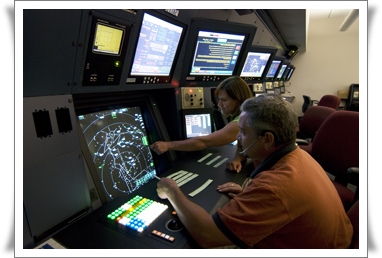

The following skills, traits and competencies may contribute to your success as an air traffic controller: Decision-makingĪir traffic controllers often make important, timely decisions based on evolving factors and variables.

Sequencing the arrival and departure of planesĬommunicating with pilots using push-to-talk radiotelephonic systemsĪlerting airport personnel during emergencies Keeping traffic levels manageable for all members of airport staff Monitoring air traffic using radar devicesĮnsuring planes remain at safe distances from each other Issuing landing and takeoff instructions to pilotsĬommunicating weather hazards with pilots and ground crewsĪssigning pilots to their terminals and gate numbers upon arrival Monitoring and directing the movement of aircraft on the groundĬontrolling ground traffic on airport taxiways The responsibilities of an air traffic controller may vary, but typically include: Related: 14 of the Most Fun Jobs in the World What does an air traffic controller do? Tower controllers: These air traffic controllers direct the movement of all vehicles, including aircraft, that are on taxiways and runways.Īpproach and depart controllers: These professionals ensure that the aircraft travelling in the airspace surrounding an airport maintain minimum separation for safety purposes.Įn-route controllers: This type of air traffic controller monitors aircraft after they leave an airport's airspace. There are three main types of air traffic controllers: They may also coordinate ground crews, such as baggage transport and maintenance employees. Air traffic controllers use a variety of specialised equipment and computer systems to guide pilots during take-off and landing, monitor planes as they travel through airspace and approve incoming flights for landing. They typically work in airports and are an important part of safe and efficient air travel. Related: 17 Jobs That Involve Travel What is an air traffic controller?Īn air traffic controller monitors and coordinates the movement of air traffic. In this article, we define air traffic controllers, discuss their primary duties and essential skills, provide salary information and provide steps to help you become an air traffic controller.

Understanding the steps necessary to succeed in this role can contribute to your success while pursuing this career. Typically, successful air traffic controllers have excellent verbal and written communication skills, decision-making abilities and work well as members of a team.

O’Reilly members experience books, live events, courses curated by job role, and more from O’Reilly and nearly 200 top publishers.A career as an air traffic controller can be a fulfilling option for individuals interested in aviation and communication. Get Operations Management: An Integrated Approach, 5th Edition now with the O’Reilly learning platform. Make a Gantt chart showing the landing sequence and. For example, Flight 616's 18.75 minutes of slack time (22 2 3.25) times $300 per minute means that if Flight 616 does not land until its time is all used up, it incurs an extra flying cost of $5,625. (a) Develop a landing sequence that gives priority to those aircraft with the highest cost of slack time (excess flying time multiplied by cost per minute of flying time). This gives you the maximum cost associated with an airplane circling in a holding pattern until the last possible moment. Multiply the cost per minute of flying time by the remaining number of minutes. Since cost is an obvious factor, consider a sequence that minimizes total cost to land the aircraft. There are many ways to sequence this group of aircraft waiting to land. The following aircraft are currently awaiting your decision as to their landing sequence. Any sequence that results in an aircraft not being scheduled to land before it runs out of remaining flying time is unacceptable. The following data are provided to you, the student, to develop an acceptable landing sequence. The controller decides who lands immediately and who goes into a holding pattern. One of the skills air traffic controllers need is the ability to sequence aircraft for landing purposes. CASE: Air Traffic Controller School (ATCS)ĪTCS provides training for future air traffic controllers.


 0 kommentar(er)
0 kommentar(er)
